- Category:
- All
- Design
- Illustration
- Manga
- Craft

Shiki Theatre Company
With 1300 employers between staff and actors, Shiki Theatre Company is the widest troupe in Japan. From overseas plays, dramas, and musicals, the Shiki troupe holds over 3000 spectacles a year, and over 3 million spectators come to see their shows.
We heard Shiki's costume design department uses Copic for a long time, so we took the chance to visit their costume center. There, we heard from Ms. Watanabe and Ms. Goto about their work routine and how they use Copic on their costumes.
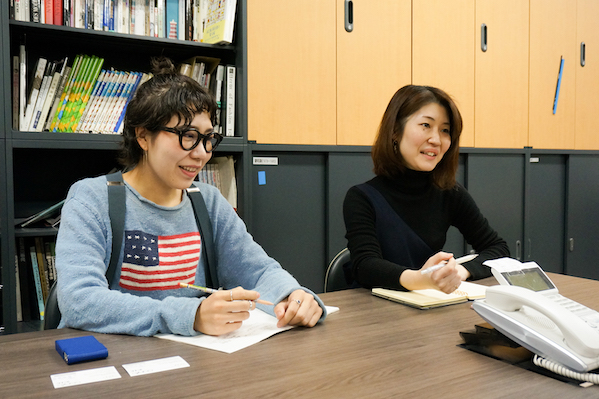
Thank you for your time today. First of all, what kind of work do you do in the costume design department?
From Cats to Aladdin and the Lion King, we make every costume from the ground up. We cover a wide range of tasks, from making and sewing the materials to repairing the costumes.
How many people work here?
We have around 50 staff members and 3 of them are in charge of the costume design for Cats. The staff is separated into two groups: one team makes the clothes, and the other fixes the stage costumes. There aren't many people who can make stage clothes, so we cooperate with the part-time workers to make things go smoothly.
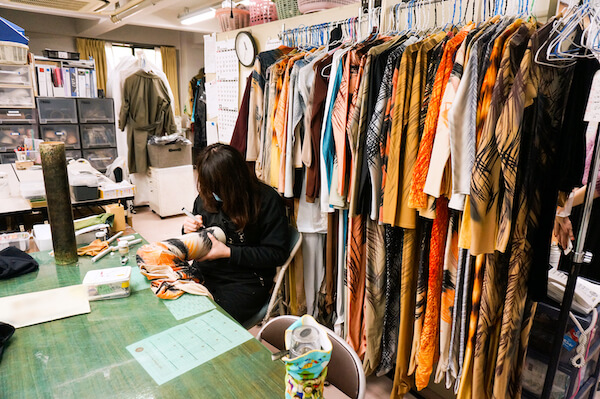
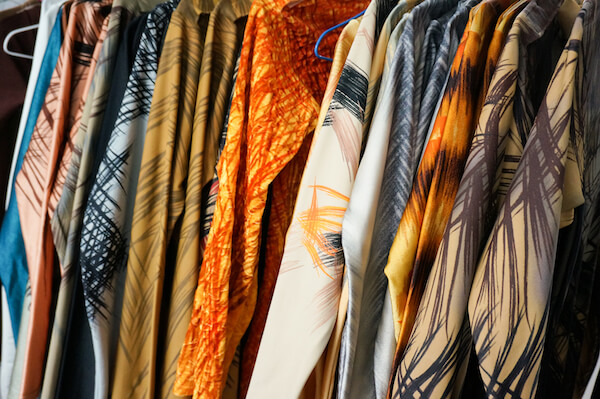
So, a single member handles a wide variety of tasks. Do you design the costume pattern and looks? Is the design already preset?
The majority of the plays, overseas shows in particular, already have a set design for the costumes, so we usually don't design the clothes. However, we hold contests inside our company to decide the costume and accessory design for our original plays, the chosen designs are then made for the show.
I heard your company has been using our products for a long time. When did you start to use Copic markers?
When I started my job here in 1995, the company had already set the character costume palette for the 1983 "Cats" show. Before Copic, we "Speedry Marker*" for stage costumes. When this product went out of production, it felt natural for us to switch to its successor, Copic.
*Speedry Marker: Graphic markers manufactured by Magic Marker Ltd. On a joint venture, Izumiya imported and produced them in Japan from 1969 under the "Speedry Marker" name. Before Copic came to the world, designers widely used these markers.
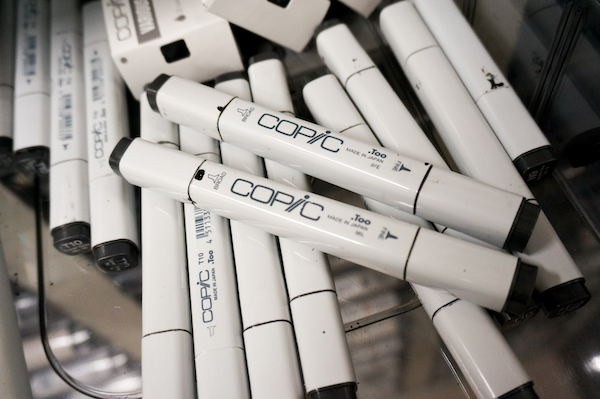
How do you use Copic on the costumes?
We use them to draw patterns directly on clothes. Tight suits are adopted for the stage costumes of Cats. The pattern design is printed on it, and then use Copic Classic broad nib to draw the characters' fur one hair by hair. We also use Copic to adjust loose printing and to make the seams of the clothes look natural.
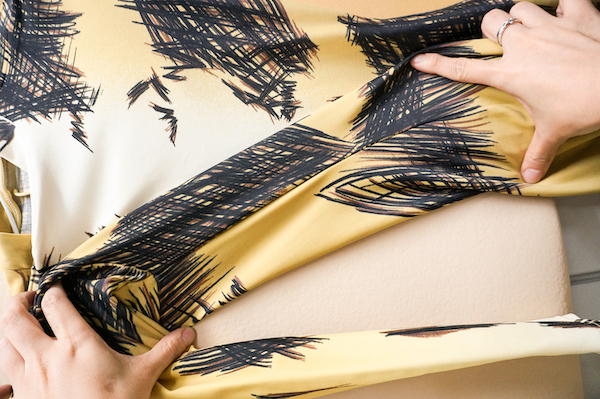
Is it just me, or do the printed costumes already look pretty detailed?
The printed results vary by printing timing and fiber roughness, so it's hard to get a satisfying result. That's why we need to use Copic to draw the tiniest details of the fur and to correct the printed design.
I see almost all of the markers you have exposed here are the Copic Classic model.
We love Copic Classic broad nib since it's so easy to use for our work. Since we use Copic on clothes, the markers nibs spoil quickly, so we change them frequently. When we draw the costume fur on the mannequin, the Classic square-shaped barrel is the perfect fit. We can work for long hours, in weird positions, without worrying about seeing our hands while drawing since we can imagine the final result by feeling the marker angle inside our hands.
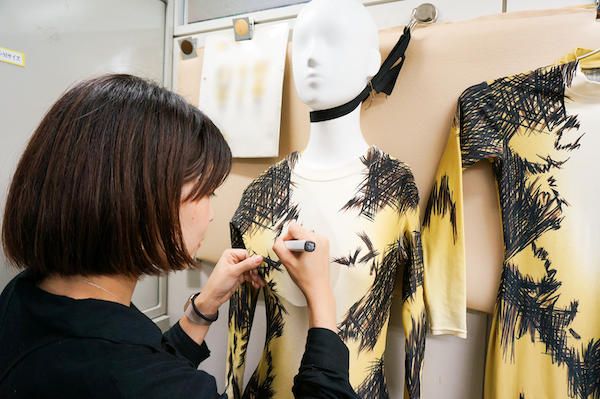
Do you have any concerns about using Copic on clothes? Does the color fade after washing the costumes?
The color mostly doesn't fade, although we use the "steaming" techniques to fixate the dyes inside the clothes fibers after we color and tailor the clothes together to avoid color fading. The intensive washing and the actors' sweat affect the colors of the clothes, so we add layers with Copic regularly to maintain them in the best condition possible.
I've never heard of the "steaming" technique before. Do the costume colors change after you steam the clothes? The finish changes depending on the used tones, so we either test various shade patterns to find the closest to our needs or adapt the color after the steaming.
You said that it felt natural to move to Copic from the Speedry markers, but why are you using Copic for such a long time?
First of all, we continue to use Copic markers because the colors won't just go out of production. We have set color patterns for our characters, and most of our shows are long-running hits. We want to avoid having stage costumes change over time. Copic is also ecologic because you can change the nibs and refill the ink without creating waste.
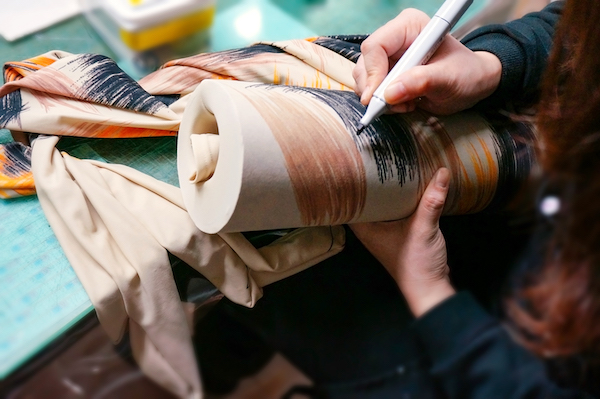
Is there any color that is irreplaceable for you? What kind of shades would you want for your works?
Black! However, not 100 level of pitch-black tones, we treasure dark gray tones such as N9 and T10 colors. The color fading changes by the water used in the washing and by the actor sweat, so we change the grey tones accordingly to create the desired grayish-black shade.
We draw cat fur, so it would be amazing to see more deep crimson variations in the YR family line.
Thank you so much for your precious input. We will do our best to meet everyone's expectations.






